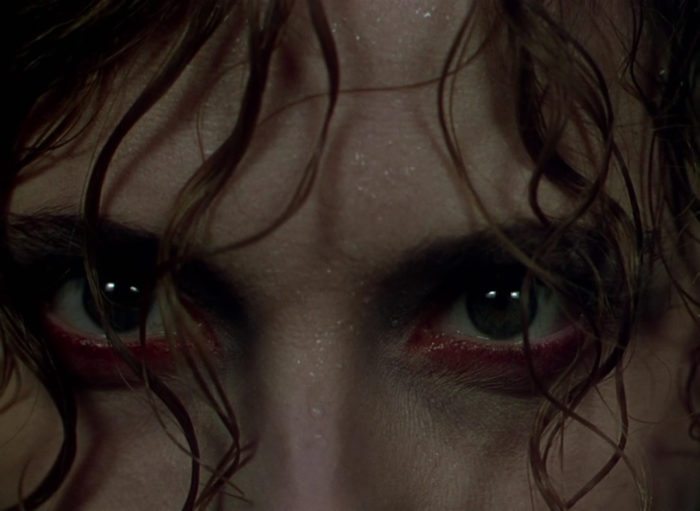
I’ve seen three movies by the Archers, with years-long gaps between them, and I don’t know why. Every time I’m impressed by the works of the British duo, real names Michael Powell and Emeric Pressburger, who were churning out breathtaking melodramas miraculously during and immediately after the Second World War. I don’t even think Black Narcissus lives up to The Life and Death of Colonel Blimp or The Red Shoes, but once again I feel massively compelled to go pursue more of their technicolor tragedies. But chances are the next time I check in with the Archers, it’ll be a year from now in Criterion Month 2019.

Black Narcissus is a 1947 melodrama and perhaps proto-psychological thriller based on a novel by Rumer Godden (she is best know for this book). It tells the story of a small group of nuns who travel to a remote village somewhere in the Himalayas to begin a hospital and school. Deborah Kerr stars as Sister Superior Clodagh, who is in charge of the sisters and the youngest member of her order to be put in such a position. As if that wasn’t scary enough, soon after arriving she is warned by local British dude Mr. Dean (David Farrar) that they won’t even last the season. Nevertheless, she persists.
The nuns set up in what they were told was a palace, but is actually an old harem. It sits high atop a cliff overlooking the village, you’ve probably seen the cover and the terrifying drop where the bell is, surrounded by lush forests and beautiful mountain vistas. It’s such a change of scenery for our British nuns that some of them even fall ill and are told by Mr. Dean that it’s because the water and the air are too clean. They recover, but will continue to be besieged by the environment for the entirety of this film.
Early in the film they each of the nuns is introduced with a defining character attribute. One is good at making friends, one is an expert at gardening, and Sister Ruth (Kathleen Byron) has trouble fitting in. As their surroundings get to them, the sisters start to cave in to the pressure. The gardener reveals she’s planted flowers instead of vegetables and bemoans that the joy of living here has made her forget her devotion to her faith. Sister Clodagh can’t fully comfort her, because she also is troubled, unable to stop thinking about her failed romance back home. Even the Young General (Sabu), a prince who came to the convent for an education, finds himself being seduced by a lower caste woman. But Sister Ruth, well, she has it worst of all.

So mass respect to Black Narcissus for being what it is – a female-led story made in the Forties that doesn’t submit to any tropes about love. Especially with a story about nuns, it was easy to expect this would be a story about falling in love, or selflessly saving people, or some other bullshit. Instead, this is a story of stubbornness and hubris – certainly a metaphor for the failing British Empire. And also it’s a wonderful showcase for Deborah Kerr (who was also in Colonel Blimp) and Kathleen Byron, who accomplish more with looks and expressions than I could possibly write up.
What will most stick with me is the way Black Narcissus looks. The film was entirely shot on soundstages, so all those mountains and cliffs and forests were actually paintings and props. It’s amazing and gorgeous, a film deserving of the HD era. I’m definitely one of those people that appreciates the richness of black-and-white cinematography, but Black Narcissus single-handedly has me wanting to look up the most beautiful technicolor films of all time. Surely this is among them.
